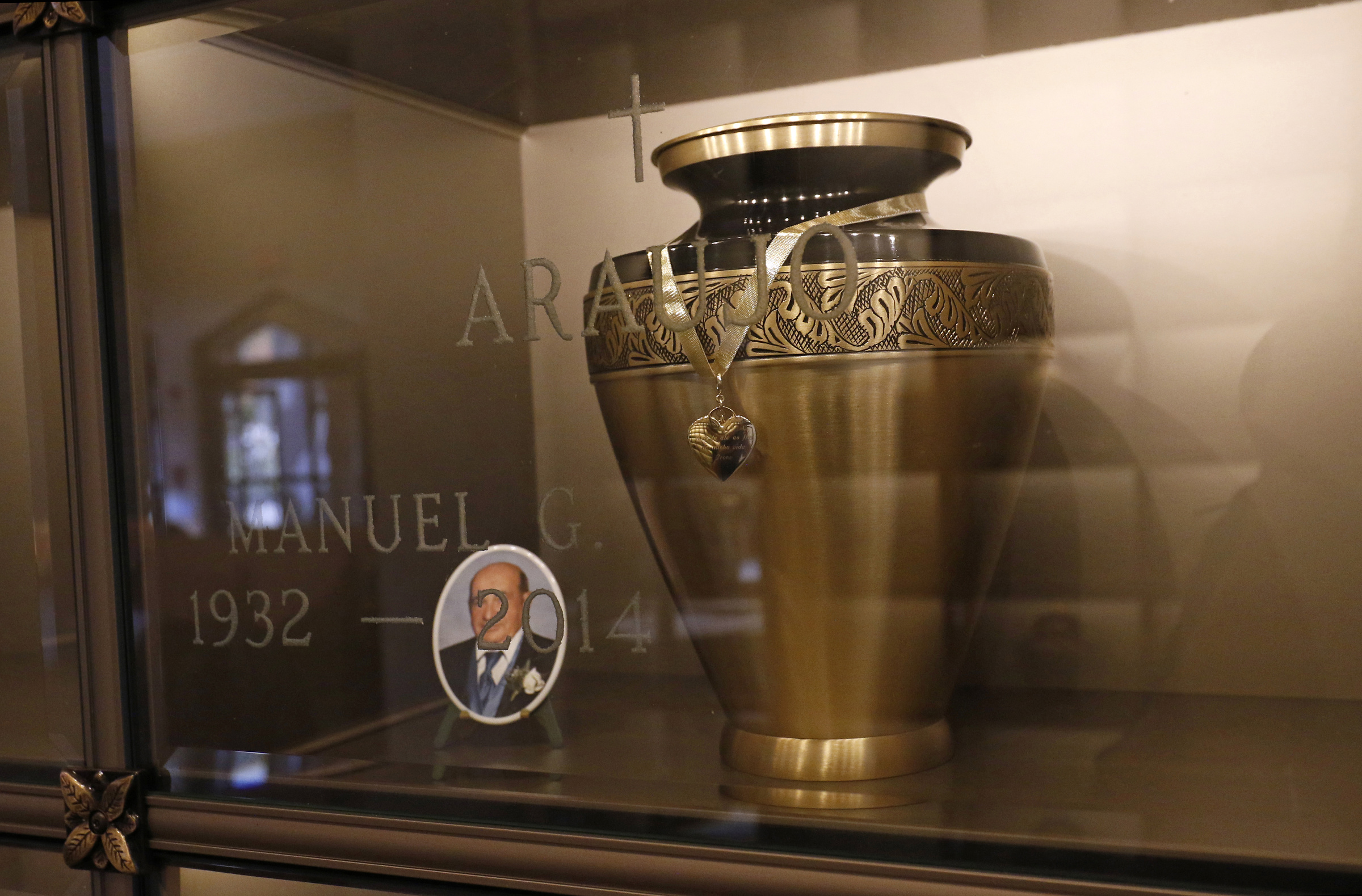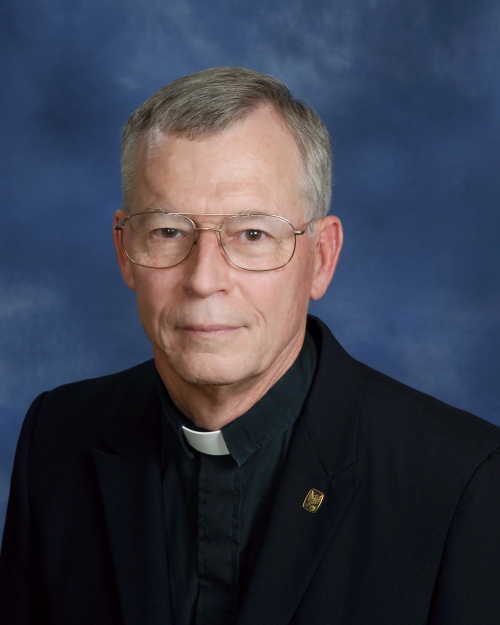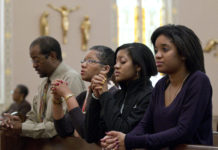
When it was evening, there came a rich man from Arimathea named Joseph, who was himself a disciple of Jesus. He went to Pilate and asked for the body of Jesus; then Pilate ordered it to be handed over. Taking the body, Joseph wrapped it [in] clean linen and laid it in his new tomb that he had hewn in the rock.
As people of faith, we know that this was not the end of the story. On the third day, Our Lord and Savior, Jesus Christ, rose from the dead and gave hope to all who believe in Him that, as St. John will remind us, “we are God’s children now; what we shall be has not yet been revealed. We do know that when it is revealed we shall be like him, for we shall see him as he is” (1 Jn 3:2). Like Jesus, we will die. Like Jesus, we will rise from the dead. The reality that we are confronted with death is both mysterious and full of hope.
When the Congregation for the Doctrine of the Faith recently issued the instruction Ad resurgendum cum Christo (“To Rise With Christ”), it received a great deal of attention in the media. Many reports started by saying that the Catholic Church has issued new instructions on cremation. While this document articulated in a very helpful way the teaching of the Church “regarding the burial of the deceased and the conservation of ashes in the case of cremation” it didn’t contain anything new that hadn’t previously been taught in what became “Appendix 2 Cremation” in the Order of Christian Funerals (OCF), which was promulgated in the United States in 1997.

In 2012 the Diocese of Phoenix Catholic Cemeteries and Mortuaries (now Funeral Homes) summarized the Church’s teaching on cremation and the proper disposition of the cremated human remains in a concise tri-fold that was simply titled “Cremation” and was distributed through every parish and mission. Even with the attention that was given to the Vatican instruction and previous efforts to properly catechize the faithful in the Diocese of Phoenix there are still many people who have not had the opportunity to read the Church’s teaching regarding cremation and so there are plans to reissue a revised version of the Diocesan “Cremation” document in the future.
When I talk with people about cremation, I’ve found that it’s most helpful to start with what is found in OCF #417, “The cremated remains of a body should be treated with the same respect given to the human body from which they come. This includes the use of a worthy vessel to contain the ashes, . . . and the final disposition. The cremated remains should be buried in a grave or entombed in a mausoleum or columbarium. The practice of scattering cremated remains on the sea, from the air, or on the ground, or keeping cremated remains in the home of a relative or friend of the deceased are not the reverent disposition that the Church requires. Whenever possible, appropriate means for recording with dignity the memory of the deceased should be adopted, such as a plaque or stone which records the name of the deceased.” How we would treat the body of a loved one who has died with proper dignity guides how we are to treat a person’s cremated human remains.
Popular culture has glorified acts like scattering cremated human remains on a person’s favorite hole on a golf course, dispersing them off a cliff by the ocean, or pouring them on a lake or river, but I honestly believe that when we give serious thought to such practices, which may seem, in the moment, to be meaningful, we will realize that such choices do not show proper respect for the person who has died or their memory. The memorialization of a person’s life is important. Perhaps like many of you, I’ve had the experience of walking through a cemetery or mausoleum and, seeing the names of people, been reminded of relationships and families, which leads to a moment of prayer. Keeping the ashes at home does not provide for their proper final disposition and may ultimately lead to the disrespectful discarding of them in the future.
When considering cremation, it can be very helpful to discuss this option with a priest, deacon or bereavement minister at your parish, or with the trained staff at one of our Diocesan Catholic Cemeteries or Funeral Homes. In the Diocese of Phoenix, we are committed to providing every family with an ability to respectfully bury or entomb, with fitting memorialization, the cremated remains of our loved ones who have died.




![[VIDEO] Make Sunday feel like Sunday again](https://www.catholicsun.org/wp-content/uploads/2021/04/2021-YOUTUBE-BISHOP-MESSAGE-THUMBNAIL-ENGLISH-218x150.png)

